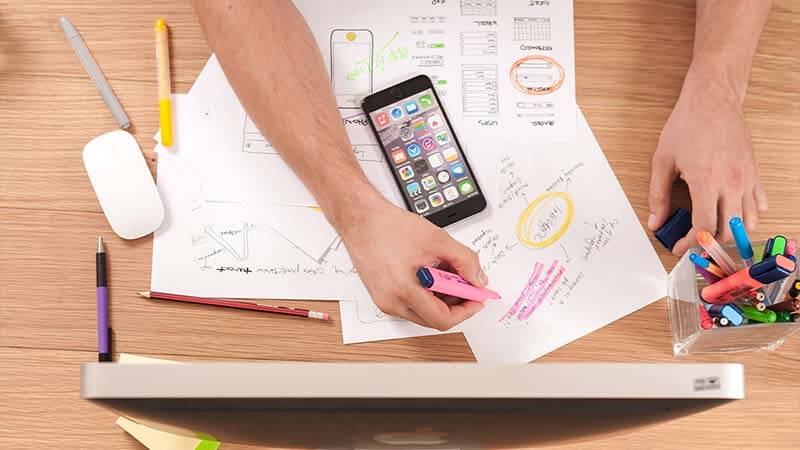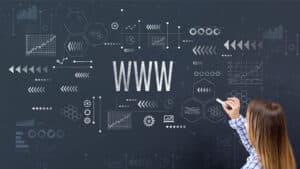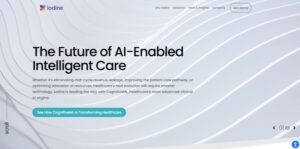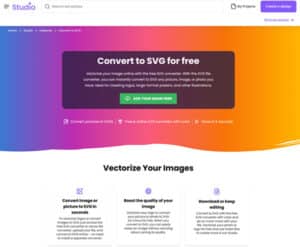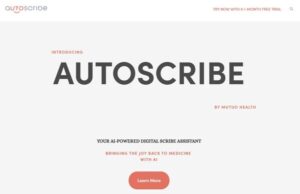AUTOMATION
How to Build a Sales Funnel from Scratch?
Discover how to build a sales funnel from scratch and how to make it an automated sales funnel, step-by-step to enhance your business sales and take it to the next level as sales are the lifeblood of any business.
There are many factors can influence your business’s growth, and there are a ton of competing interests for your attention and energy. The one finite resource that all companies have that may limit your business’s growth is time.
The ability to automate tasks to free up your time, energy, and other resources that allow you to grow your business is crucial.
What is an Automated Sales Funnel?
To understand an automated sales funnel (different from marketing funnel), it’s essential first to understand the term “sales funnel.” A sales funnel describes the steps and flows a potential customer takes with your brand and product. It is the stage in the buying process your client may be at a given time and how you move them toward a decision-making moment.
Before making any purchase, a consumer, knowingly or not, will base their decision on familiarity with the product and then look at possible other comparative options, including price points. But how do you get a potential customer to the decision stage of their purchase?
What are the Stages of the Sales Funnel?
The sales funnel is the process by which a buyer may, or may not, act and is broken into three stages:
Stage #1: Top of the Funnel: Think of a sales funnel as the phase in the buying process your potential customer may be at any given time. One way to think about the sales funnel is that it is as wide of a target audience as possible in the funnel’s beginning or top.
Stage #2: Middle of the Funnel: This is the stage the audience and potential client has toward possibly buying your offer.
Stage #3: Bottom of the Funnel: The bottom of the funnel is where the potential for a sale has become an active sale. This phase includes any new customers and any existing customers that can lead to repeat sales.
Another way to think about each step is that the purchasing journey begins as complete as possible and narrows each step during the process.
The beginning stage is the widest swath. This stage is where you’re trying to get your brand recognized by as many potential customers as possible. All too often, this stage is the most costly as it tends to be the least focused of your efforts and can lead to cost overruns in your marketing.
The middle stage is where your potential buyer has become aware of your offerings and is considering buying. Here it is crucial to focus on the persuasive element of your marketing efforts. Providing an incentive for the customer to act is an integral part of your planning at this phase.
By giving attention to highly targeting your potential customer, you can still attract as wide of an audience as possible and eliminate those who may not have anything but passing interest.
Finally, the customer has moved from indecisive to action. This phase is the last stage and one where the sale occurs.
But how do you move a potential customer through the various stages of the sales funnel?
To move your customer along your sales funnel, you need to address the why, how, and when of their buying process. There are four essential stages of the buying process in the sales funnel.
Those four stages are defined as the AIDA model for marketing.
What is the AIDA Model?
AIDA model is a term that was defined in 1898 by St. Elmo Lewis, the AIDA model identifies how and why personalized selling is effective. Its simple definition of the buying process has allowed it to be widely used and understood since Lewis introduced it.
The process is broken into four phases of the buying process and understanding each of these phases is essential toward moving the buyer into a purchasing decision.
Awareness: The first phase of the AIDA model is to create awareness of your services, products, and offers. Depending on the type of offer you have, brand awareness can take some time. Think about Apple releasing the first iPhone to the market. Most users were unaware of its value, or that of some of Apple’s competitors that were able to adopt the concept quickly and flexibly adapt to the marketplace.
Interest: Once your audience is aware of your brand, the next step is the interest phase. Generating interest can be accomplished in many ways, from an exciting marketing approach such as the iconic Apple iPhone ads built off the awareness and brand loyalists created by the iPod marketing strategy.
If you recall, the iPod advertising was of silhouettes and famous people going about their daily activity while dancing and listening to their iPods. This strategy created a demand for consumers to strive for the happiness and joy that the iPod promised.
Desire: The desire phase follows after brand awareness and interest. If the first two phases are implemented correctly, your produce or service will be more valuable and interest increased. This process is because you’ve virtually eliminated those customers that may be indecisive and unsure of your brand at this point of the process.
Effectively improving your potential customer’s sense of desire is achieved by creating a personal, emotional attachment to your brand. Much like the loyalty shown by adherents to the Apple brand, what you choose to offer, how you show the customer that it’s beneficial for them, goes a long way in increasing their desire for your products.
Action: The most coveted phase of the personal buying process is the action stage. Here is where the sale is made, and the services are bought. Getting your target customer to this stage rarely happens, but it is one you need to spur with a definite call to action, but one that doesn’t come across as pushy. If all the leading steps before this stage are done correctly, you give the buyer permission to act on what they desire.
One last stage that is occasionally discussed is the retention phase. By offering upsells or product enhancements and improvements, you can create a brand loyal customer that will continue to purchase your products.
Again, think about the loyalty of major brands such as Apple. Most of their customers may have bought an initial, lower-priced product such as an iPod or earlier version iPhone and then moved on to the next iteration of the iPhone or personal computer as Apple iterated their devices with upgrades performance improvements.
Read more here.
Additional Link:
[optin-monster slug=”em8z7q6hga9elmy1dbgb”]
